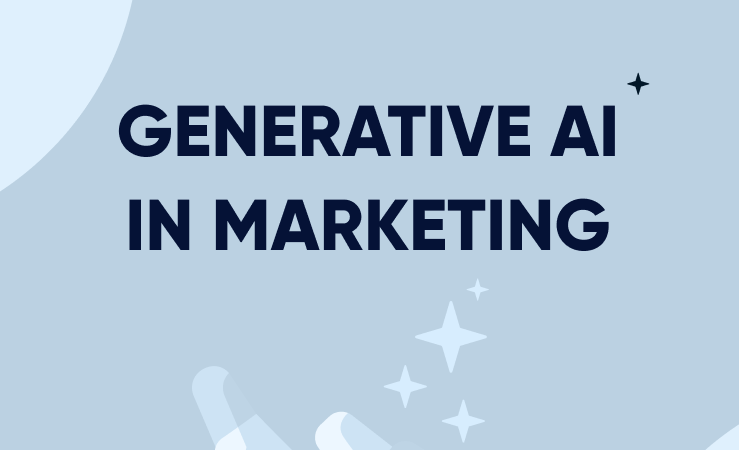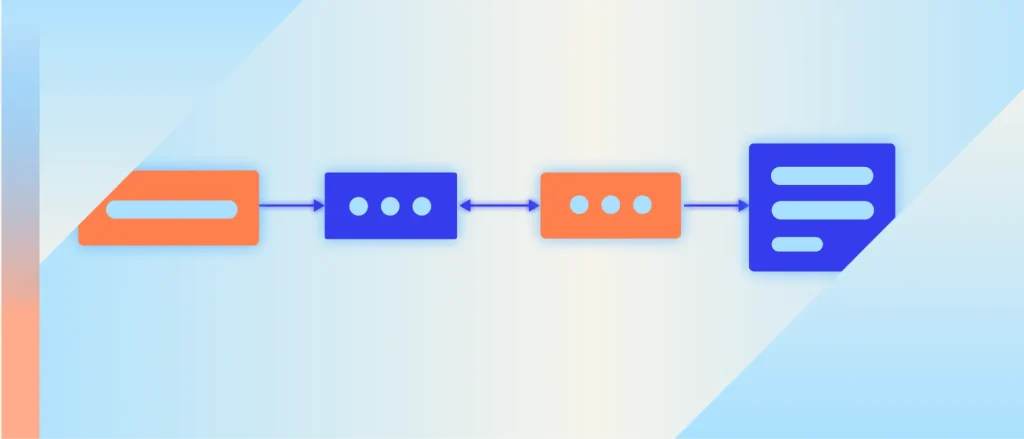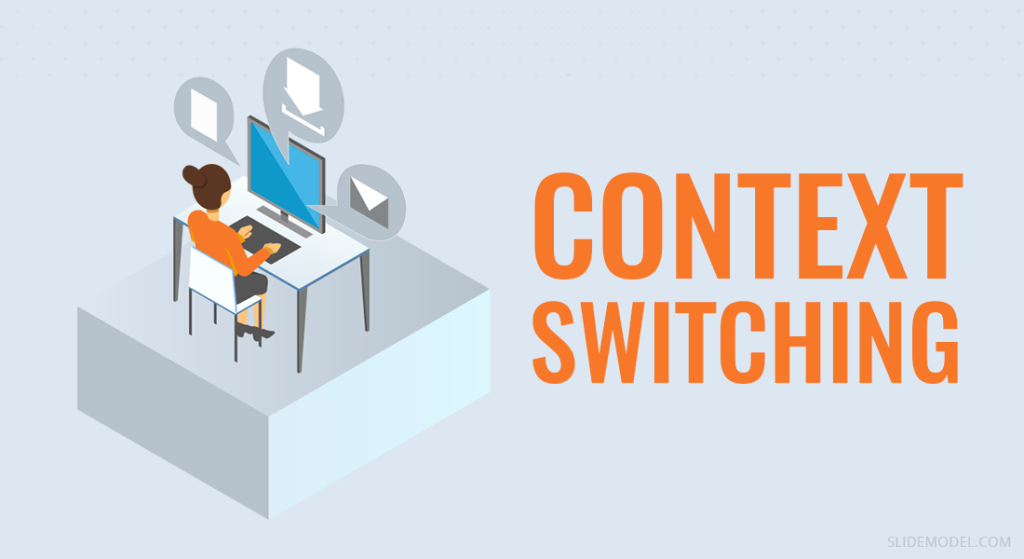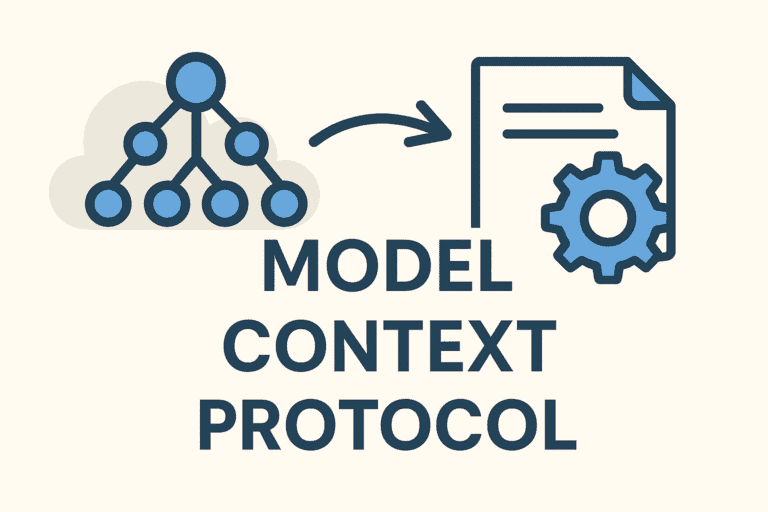Imagine if a machine could help you write blog posts, design images, plan ads, and talk to customers — all in ways that feel creative, smart, and helpful. That’s what generative AI is doing for marketing today.
In this blog, we’ll explore:
What generative AI is
Why it’s helpful in marketing
Use cases — where marketers are applying it
Tools marketers use
Challenges and ethical issues
What the future might hold
Let’s begin.
What Is Generative AI?

“Generative” means “able to produce or generate.” Generative AI is a kind of artificial intelligence that can create new content: text, images, videos, even code. It learns patterns from existing data and uses those patterns to generate something new.
Here’s how it works in simple terms:
The AI studies a huge amount of examples (articles, photos, videos).
It finds statistical patterns (e.g. how sentences flow, how colors align).
When given a prompt or instruction, it uses those patterns to produce something fresh.
For example:
In text, tools like GPT-4 can guess the next word, phrase, or paragraph to match your prompt.
In images, models such as DALL·E or Midjourney translate text descriptions into visuals.
In video or voice, some tools can animate a script with voices or motion.
So, the AI doesn’t just repeat what it saw — it learns structure and style and then “imagines” new content based on what it learned.
But it’s not perfect — you still need to guide it, polish its output, and fact-check. The human writer or designer still plays a big role.
Why Use Generative AI in Marketing?
In marketing, time, creativity, and consistency are always in demand. Generative AI helps in many ways:
Scale content quickly
You can generate many versions of blog drafts, social posts, or ad copy fast — without needing as many human hours.Solve creative blocks
When you get stuck on a headline or opening line, AI can suggest a dozen alternatives to pick from or adapt.Data-driven optimization
AI can analyze which versions perform better (e.g. open rate, click rate) and learn from that to improve future content.Maintain brand voice
You can “teach” the AI with your past content, style guides, and tone — so even if human writers differ, the output is more consistent.Lower costs and speed turnaround
The cost (in time and money) to create marketing assets can drop because AI handles repetitive parts.Wider access
Tools that once required experts are now accessible to smaller teams. Even with limited resources, you can punch above your weight.
But these benefits don’t mean AI replaces people. Smart use of generative AI means letting the machine help with heavy lifting so human creativity and judgment can shine.
Where Marketers Use Generative AI

Let’s walk through concrete places in marketing where generative AI is making a difference.
1. AI for Content Creation (Blogs, Social Media, Ads)
This is perhaps the most obvious use. Marketers feed in a prompt (e.g. “Write a blog intro about sustainable fashion”) and the AI produces a draft. From there, a human can refine or rework it.
Key features:
Outlines and drafts
Social media captions
Ad copy variations
Content calendars with suggestions
Marketers often use the AI as a brainstorm partner — it gives ideas, starting points, or angles that humans expand on.
2. Personalized Email Marketing & Customer Journeys
Email marketing is still one of the highest ROI channels. But generic “batch sends” are less effective today. What wins now is hyper-personalization — emails that feel tailored to each user.
With generative AI:
Subject lines adapt to each person’s interest or behavior
Body copy reflects past purchases or browsing
CTAs (calls to action) are tuned to what stage the customer is in
The AI can create many variations of an email, test them, and pick the best-performing ones — at scale.
3. AI in Search Engine Optimization (SEO)
SEO is about getting your content to appear when people search. With search evolving and AI systems generating answers directly, marketers need smarter SEO.
Generative AI helps by:
Discovering semantic topic connections humans might miss
Suggesting content outlines that cover full intent
Drafting metadata (titles, descriptions)
Identifying new keyword niches or topic clusters
By combining human strategy with AI’s pattern recognition, marketers can produce content that ranks well and answers users’ deeper questions.
4. Chatbots & AI-Driven Customer Support
When customers reach out with questions, chatbots powered by advanced language models can:
Respond to basic queries
Route users based on sentiment or urgency
Provide context-aware answers
Escalate to humans when needed
This frees up human agents from repetitive tasks. But it requires oversight, clear workflows, and feedback loops so the bot learns and improves.
5. AI for Ad Copy & Campaign Optimization
In paid advertising, small changes in headline or creative can produce big differences in performance. That’s why marketers test multiple versions.
Generative AI makes it easier to:
Generate many variants of ad copy
Pair copy with image suggestions
Run A/B tests or multivariate tests
Let AI learn from results and adjust automatically
This speed of iteration is a major advantage.
6. AI-Generated Visuals & Video Marketing
Visuals and video are critical in engaging audiences. But producing them was time-consuming and expensive — until now.
Using AI tools, marketers can:
Turn text prompts into images
Create thumbnail or concept visuals
Generate explainer or avatar-based videos
Animate from script with minimal manual editing
This allows small teams to produce rich media content without a full design studio.
Tools That Marketers Use
Here are categories and examples (non-exhaustive) of tools in the generative AI space:
AI Text & Copy Tools
Jasper
Copy.ai
Similar writing assistants
These tools help with writing blog drafts, social posts, emails, and ad copy.
AI Image & Video Platforms
Midjourney
DALL·E
Runway
Tools for text-to-video or avatar-based video
These help convert text ideas into visual or video assets.
Marketing Automation & AI Suites
Platforms that combine CRM, automation, content AI
Tools that support content optimization, lead scoring, personalization
These integrate multiple AI abilities in one workflow.
When choosing a tool, marketers often look at:
Integration with their existing systems
Ability to guide or customize output
Cost vs performance
The transparency and explainability of AI decisions
Challenges & Ethical Considerations
With great power comes great responsibility. Generative AI in marketing brings challenges. Marketers must navigate them carefully.
1. Data Privacy & Consent
AI often relies on large customer data — browsing history, purchase records, social interactions. If data is collected or processed without clear permission, that raises ethical and legal issues.
Best practices:
Be transparent about data collection
Ask for explicit consent
Use anonymized or aggregated data when possible
Comply with regulations (e.g. GDPR, CCPA)
2. Algorithmic Bias & Inclusivity
Because AI learns from historical data, it can replicate or magnify biases (gender, race, region). That can lead to unfair or insensitive content.
Mitigations:
Train on diverse, representative data
Regularly audit AI outputs for bias
Keep humans in the loop to catch unintended bias
3. Transparency & Explainability
Sometimes AI becomes a “black box” — you don’t know why it made a recommendation. This can undermine trust.
Solutions include:
Use models where decisions can be explained
Disclose to customers when content is AI-generated
Maintain accountability within the marketing team
4. Misinformation & Deepfakes
AI can generate very realistic content — including false statements, manipulated images, or deepfake videos. This is dangerous for trust and brand reputation.
Precautions:
Always fact-check AI content
Label AI-generated content clearly
Avoid using AI to mislead or deceive
5. Overhyping AI — “AI Washing”
Some companies claim more AI capability than they actually have. This deceives customers and can backfire when transparency is needed.
Best approach: Represent AI’s role truthfully. Be honest about what is automated vs what is human-reviewed.
6. Balance Between Human & AI Work
Relying too much on AI can dull human creativity or motivation. Studies show that when people lean entirely on AI, intrinsic motivation can drop.
Smart balance means:
Let AI do repetitive or scale tasks
Humans do strategy, judgment, creativity
Encourage collaboration, not replacement
7. Environmental Impact
Training large AI models uses lots of energy and computing resources. That has a carbon footprint.
Ideas to reduce impact:
Use AI selectively (for high-value tasks)
Use more efficient or lighter models when possible
Monitor and optimize compute usage
8. Intellectual Property & Ownership
If AI generates an image or article, who owns it? Copyright laws are still evolving. If AI is trained on copyrighted material, that raises legal risk.
To manage:
Set up clear policies internally
Use licensing or attribution when needed
Only use AI models that handle copyright responsibly
Future Trends & What’s Coming Next
Generative AI is evolving fast. Here are some trends to watch:
1. AI Becomes a Core Marketing Engine
Instead of being a side tool, AI will become central — embedded in nearly every tool marketers use. Generative AI will move from experimental to expected.
2. Generative Engine Optimization (GEO) Outpaces SEO
Just like SEO helps content rank in search, GEO is about optimizing content so AI-driven systems (chatbots and generative search) will use it in their answers. Marketers will need to think not just of keywords, but how AI assistants will use their content as sources.
3. True 1:1 Personalization at Scale
Already, some brands are experimenting with deeply personalized messaging (not just by segment, but by individual). AI will help deliver content or product suggestions uniquely tailored to each person, in real time.
4. Multimodal AI Becomes Norm
Soon AI won’t be just text or image — it will combine voice, video, projection, augmented reality. A campaign idea might auto-generate video, image, and text versions in harmony.
5. AI Agents & Autonomous Systems
These are AI systems that don’t just generate content, but act as semi-autonomous agents — deciding when to launch campaigns, respond to customers, or adapt strategies with minimal human input. This raises both opportunity and risk in control, oversight, and trust.
In other words: the future belongs to teams that combine AI strength with human insight.
Tips for Marketers Getting Started with Generative AI

If you want to begin using generative AI in your marketing, here are steps to do it right:
Start small with pilot projects
Try AI in one area — maybe blog drafts or email subject lines — before scaling.Define guardrails and review layers
Don’t let AI publish directly. Always have a human check for accuracy, tone, and bias.Create your data playbook
Gather quality customer data, get consent, and structure it for AI to use.Train the AI with your voice
Feed it past content, style guides, and brand elements so outputs match your brand identity.Measure and iterate
Use metrics (open rates, clicks, conversions) to judge AI outputs. Feed learnings back to improve prompts.Stay transparent with your audience
Let people know when content is AI-enhanced. That builds trust.Audit periodically for bias or drift
Over time, AI may “drift” or shift style in unwanted ways. Check outputs regularly.Prioritize high-impact areas
Use AI for the repetitive, high-volume, time-consuming tasks — freeing human creativity for big ideas.
Market smarter with AI that truly understands your goals.
From hyper-personalized email campaigns to data-driven ad copy, AI is transforming every part of the marketing funnel. But the real advantage doesn’t lie in the tools alone — it lies in how you connect and manage them.
That’s where Corexta stands out. It brings strategy, structure, and visibility together so AI can truly deliver value. With Corexta, marketers go beyond creating content — they connect it to performance, automate workflows, analyze trends, and track every moving piece in one powerful workspace.
Whether you’re scaling your content engine, improving SEO performance, or testing creatives across multiple audiences, Corexta helps you move faster, smarter, and with complete control.
Generative AI is changing how modern marketing works. If you’re ready to future-proof your marketing strategy, start with Corexta — the AI-powered platform that thinks with you.
Conclusion
Generative AI is reshaping marketing. It’s no longer just “cool tech”; it’s becoming essential. It helps marketers scale content, personalize at depth, optimize campaigns, and create visuals — all with speed and efficiency.
Yet it’s not magic. Generative AI must be used with ethical care, human oversight, and strategy. Bias, privacy, ownership, and transparency are real challenges.
As we move forward, success will favor those who see AI not as a replacement, but as a powerful partner. The future of marketing lies in combining human imagination with AI’s capability.









